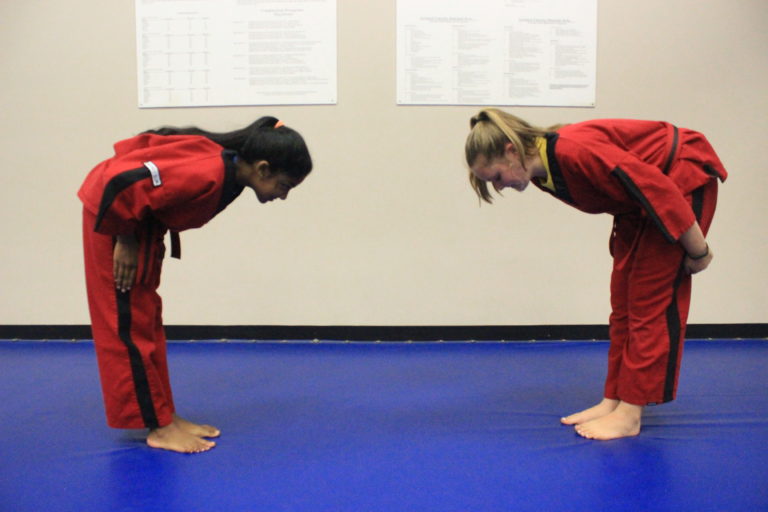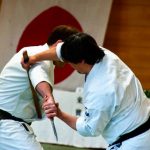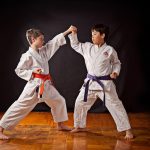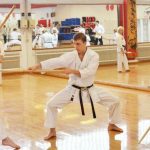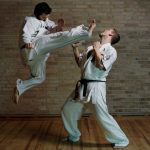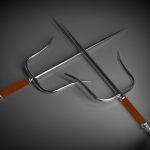Karate is an ancient martial art that has been practiced for centuries. It is a way of life, and its practitioners strive to embody respect, discipline, and honor. Before you can learn karate, it’s important to understand the etiquette associated with dojos, the places where karate is taught and practiced.
Dojo etiquette is essential for any karate practitioner. From bowing when entering and leaving the dojo to proper attire and behavior during class, there are rules to be followed in order to maintain a respectful environment. This article will provide all you need to know about karate dojo etiquette.
We’ll cover understanding the importance of bowing upon entering or leaving the dojo, knowing what type of attire is appropriate for practice sessions, how to behave during class, what kind of language should be used when addressing instructors or other students, and tips for helping newcomers feel comfortable in a new dojo environment.
Ready to learn all about karate dojo etiquette?
Let’s get started!
Respect – Showing Respect in a Dojo
Respect is an essential part of dojo etiquette. Whether you’re a beginner or a seasoned martial artist, it’s important to show respect to all members of the dojo. This includes your sensei, as they are responsible for teaching and leading the dojo.
When entering and leaving the dojo, always bow—this is a sign of respect and appreciation for the space and the people in it. Address all members with polite language, and follow instructions from your sensei without question.
It’s also important to be supportive of others’ efforts and refrain from making negative comments or criticism about other students or instructors in the dojo.
Rules of the Dojo – What Are the Rules of a Dojo?
Dojo etiquette is an essential part of any martial arts class. Respect, safety, and courtesy are all important rules that should be followed in the dojo.
Respect should be shown to everyone in the dojo—instructors, students, and visitors. This means no talking during class, no distractions, and no inappropriate behavior. Appropriate attire must also be worn, such as a karate gi.
Shoes should not be worn inside the dojo. Bowing is a sign of respect and should be done when entering or leaving the dojo, beginning class, or addressing the instructor.
Safety is paramount in any martial arts class; all students must follow safety instructions and use protective gear when necessary. Courtesy should also be shown to everyone in the dojo at all times by being polite and respectful to other students as well as instructors.
Focus is key during class; students should follow instructions given by the instructor, pay attention to what is being taught, and refrain from talking or distracting others. Finally, it is important to keep the dojo clean by removing any dirt or debris after each class.
By following these rules of the dojo, everyone can enjoy their martial arts experience while staying safe and respectful!
Entering a Dojo – Should You Bow When Entering a Dojo?
When entering a dojo, bowing is a sign of respect. It shows courtesy to the sensei, the dojo, and the martial art itself. Bowing isn’t always mandatory, but it’s polite and respectful. To bow correctly, stand tall with your hands at your sides and your eyes closed.
Then bend at the waist for two or three seconds before standing up again. Make sure to keep your back straight when bowing.
If you’re not sure whether to bow or not, watch what others in the dojo are doing and follow their lead. Showing respect is an important part of entering a dojo, so make sure to bow when you enter.
Attire – Appropriate Clothing for Training in a Dojo
When training in a dojo, it’s important to dress appropriately. Loose and comfortable clothing is essential. Avoid wearing jewelry or accessories that could be dangerous. It’s also important to make sure your clothes are clean and neat.
Shoes are not allowed in the dojo, so practice barefoot or in socks. Women should wear a t-shirt or tank top with sweatpants or shorts—no skirts. Men should wear a t-shirt with sweatpants or shorts—no jeans.
Behavior – What Not to do in a Dojo
When practicing martial arts in a dojo, it is important to follow the etiquette and respect the sensei and other students. Here are some tips on what not to do:
Be punctual and don’t leave early. Respect the sensei and other students by being on time.
Don’t talk while class is in session. It’s important to stay focused and pay attention to the instructor.
Leave jewelry and watches at home as they can be dangerous during practice. Also, no chewing gum or eating food in the dojo.
Keep noise levels low. No loud noises or foul language should be used when practicing martial arts.
Finally, no pictures or videos should be taken without permission from the instructor first. Also, don’t practice techniques outside of the dojo without permission from your sensei.
Greeting Sensei – How to Greet a Karate Sensei
Greeting a karate sensei is an important way to show respect and appreciation. Depending on the dojo and culture, there are different ways to greet them. In Japan, it’s customary to bow when entering and leaving the dojo. In other regions, a handshake or bow of the head may be appropriate.
When introducing yourself to a sensei, address them as “Sensei,” followed by their name. It’s important to be aware of the etiquette of the particular dojo you are visiting so you can greet your sensei appropriately.
If you’re ever unsure about how to greet your sensei, just ask someone who knows the protocol of that particular dojo.
Finally, don’t forget to thank your sensei for teaching you when leaving the dojo! A simple “thank you” will go a long way in showing your appreciation for their guidance and wisdom.
Greeting a karate sensei with respect is an essential part of karate etiquette and will ensure everyone has a pleasant experience at the dojo.
Interacting with Other Students – Proper Interaction with Other Students in the Dojo
Interacting with other students in the dojo is an important part of learning and growth. To ensure that your interactions are positive and productive, there are some rules to keep in mind.
- Respect is key. Speak to other students with courtesy, and avoid distractions like talking or texting during class.
- Focus on the lesson. Keep conversations to a minimum and pay attention to what’s being taught by the instructor.
- Be supportive. Offer help and support if needed, but don’t be pushy about it.
- No judgment or criticism. Everyone has their own style of learning; don’t judge or criticize another student’s performance or technique.
- No physical contact. Unless it is part of a lesson or exercise, refrain from physical contact with other students in the dojo.
Leaving the Dojo – How to Leave the Dojo Properly
Leaving the dojo is an important part of training and should be done with respect and gratitude. Here are some tips on how to leave the dojo properly.
First, bow to your sensei and thank them for their instruction. If there are any other students in the dojo, bow to them too.
Second, be mindful of your surroundings when leaving the dojo. Don’t cause any disruption or distraction as you exit.
Finally, remember that you are representing yourself and the dojo when you leave. Leave with a positive attitude and demeanor so that others will have a good impression of both you and the dojo.
Conclusion
Karate dojo etiquette is essential. Respect, safety, courtesy, punctuality, focus, cleanliness, and politeness are all key aspects.
Bowing when entering and leaving the dojo is a must.
Appropriate clothing should be worn, such as a karate gi (uniform), and no shoes should be worn inside the dojo. Listen to safety instructions and use protective gear when needed.
Refrain from making negative comments or criticism about other students or instructors in the dojo.
Support others’ efforts. Maintain a respectful environment for everyone involved in the practice of this ancient martial art.

